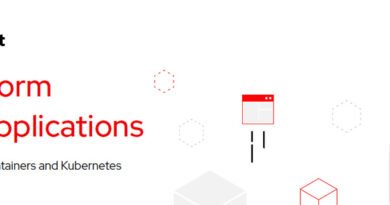Hybrid cloud and Kubernetes: A guide to successful architecture

At Red Hat, for much of the past decade we’ve been talking about open hybrid cloud—a holistic view of hybrid cloud that also incorporates open practices—and have led the way in hybrid cloud, helping thousands of companies on their modernization journeys. We’ve collected what we have learned from partnering with our customers and compiled a list of best practices. In this e-book, we detail the current state of hybrid cloud—and how to gain the most value for your business.
The goal of hybrid cloud is to ensure that you can emphatically answer “yes” to these three questions:
Can your software applications help you win against big and small threats that aim to upend your entire industry?
Can your applications and infrastructure become a source of lasting competitive advantage?
Can your people, processes, and culture adapt and use technology to truly transform your business for the long term?
This hybrid mix of applications and infrastructure is the reality for most enterprise organizations today, and managing it all can be a major challenge.
Example of hybrid cloud in practice:
A large bank may have a mix of traditional JavaTM and .NET applications running in their datacenter, some of which were built in-house and others that came in through acquisitions. These applications may even interface with older monolithic applications running on the mainframe. The bank may have modernized a portion of their application portfolio or built new applications using SpringBoot, Node.js, or other frameworks, and, in doing so, they also moved some of these applications to a public cloud. Perhaps the bank acquired a FinTech start-up a few years ago in an effort to respond to their need for a mobile banking app. The bank is also building new artificial intelligence (AI) capabilities to gain insights from their customer data and infuse more intelligence into their applications. Finally, the bank is planning new edge deployments to get closer to the sources of that data and closer to their customers.
Using our example, this bank didn’t seek out a hybrid cloud strategy across both their applications and infrastructure—its IT environment is inherently hybrid in nature. While this example may not exactly describe your own IT environment or industry, you can see the reality that many organizations face.



